Introduction
In the realm of gourmet delicacies, few ingredients captivate the senses and elevate culinary experiences quite like bamboo fungus, scientifically known as Dictyophora indusiata, commonly referred to as zhu shun in Chinese. This exquisite edible mushroom boasts a delicate texture, a subtly sweet and earthy flavor, and an array of nutritional benefits that make it a highly sought-after ingredient in both traditional and modern cuisines. However, selecting the finest bamboo fungus can be a daunting task for even the most seasoned food enthusiasts. This guide aims to demystify the process and provide you with comprehensive insights on how to pick the best bamboo fungus, ensuring that every bite is a culinary delight.
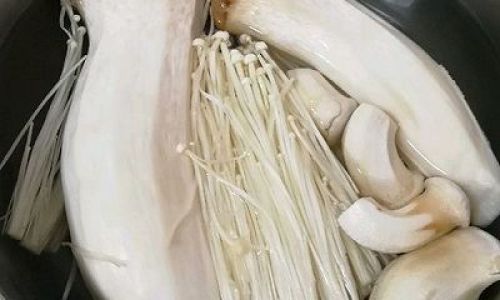
Understanding Bamboo Fungus
Before diving into the selection process, it’s crucial to understand what bamboo fungus is and where it originates. Native to China and other parts of Asia, bamboo fungus grows naturally on decaying bamboo roots or in association with bamboo plants. Its unique appearance, characterized by a veil-like skirt that covers the cap when young, adds to its allure. As it matures, the skirt opens up, revealing a smooth, white to pale yellow cap atop a long, hollow stem.
Nutritional Value and Health Benefits
Bamboo fungus is not just a culinary treasure; it’s also a nutritional powerhouse. Rich in vitamins, minerals, dietary fiber, and antioxidants, it offers numerous health benefits. It’s low in calories and fats, making it an ideal choice for those watching their weight or managing health conditions like diabetes and heart disease. Furthermore, bamboo fungus is believed to enhance immune function, support digestion, and promote skin health.
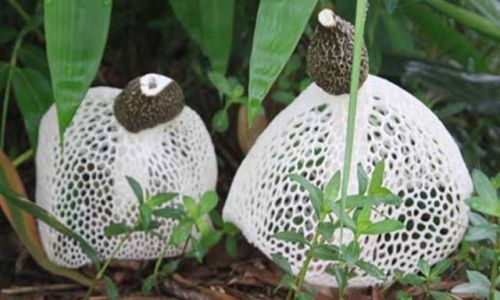
Seasonality and Availability
Understanding the seasonality and availability of bamboo fungus is key to making informed purchasing decisions. In its native habitats, bamboo fungus is typically harvested during the summer and autumn months, when conditions are most conducive to its growth. However, thanks to advancements in preservation and distribution, fresh and dried bamboo fungus can now be found in markets year-round, albeit at varying qualities and prices.
Fresh vs. Dried Bamboo Fungus
When selecting bamboo fungus, you’ll encounter two main forms: fresh and dried. Each has its own unique characteristics and suitability for different dishes.

Fresh Bamboo Fungus:
- Appearance: Look for firm, moist caps with a smooth, even texture. The skirt should be intact and free from tears or discoloration.
- Aroma: Fresh bamboo fungus should have a mild, earthy aroma. Avoid any that smell sour or musty.
- Touch: Feel the stem; it should be firm and not overly soft or slimy.
Dried Bamboo Fungus:
- Color: Dried bamboo fungus should have a golden to light brown hue. Avoid pieces that are overly dark or have spots.
- Texture: The dried product should be slightly flexible, not brittle. Break a small piece; it should snap cleanly without crumbling.
- Smell: Dried bamboo fungus should retain a faint, pleasant aroma. Any strong, unpleasant odors indicate poor quality or improper storage.
Where to Buy
The quality of bamboo fungus can vary greatly depending on where you purchase it. Here are some reliable sources:
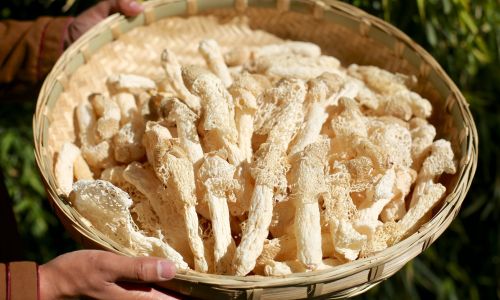
- Specialty Asian Markets: These stores often carry a wide variety of fresh and dried bamboo fungus, sourced directly from reputable suppliers.
- Online Retailers: Many online marketplaces specialize in gourmet ingredients, offering a broad selection of bamboo fungus from around the world. Look for sellers with high ratings and detailed product descriptions.
- Farmers’ Markets: During the harvest season, you may find local farmers selling fresh bamboo fungus. This is an excellent opportunity to try the freshest, most authentic product available.
Tips for Selection
- Inspect Carefully: Always examine bamboo fungus closely before purchasing. Look for signs of mold, discoloration, or pests.
- Ask Questions: Don’t hesitate to ask vendors about the origin, harvest date, and storage conditions of their bamboo fungus. Knowledgeable sellers can provide valuable insights.
- Choose Organic: If possible, opt for organically grown bamboo fungus to avoid potential contaminants from pesticides and fertilizers.
- Buy in Quantity: Dried bamboo fungus has a longer shelf life and can be more cost-effective when purchased in bulk. Store it in an airtight container in a cool, dark place.
- Experiment with Varieties: Different varieties of bamboo fungus may have slightly different textures and flavors. Experimenting with various types can enhance your culinary experience.
Preparation and Cooking Tips
Once you’ve selected the perfect bamboo fungus, it’s time to enjoy its culinary versatility. Here are some tips for preparing and cooking with bamboo fungus:
- Cleaning: Soak dried bamboo fungus in cold water for several hours or overnight until it softens. Gently scrub fresh bamboo fungus with a soft brush to remove any dirt or debris.
- Hydration: For dried bamboo fungus, ensure it’s fully hydrated before cooking. This helps retain its texture and flavor.
- Cooking Methods: Bamboo fungus can be steamed, stir-fried, braised, or used in soups and stews. Its delicate texture and flavor make it an excellent complement to seafood, poultry, and vegetables.
- Seasoning: Enhance the natural flavors of bamboo fungus with light seasonings such as soy sauce, garlic, ginger, and sesame oil.
Conclusion
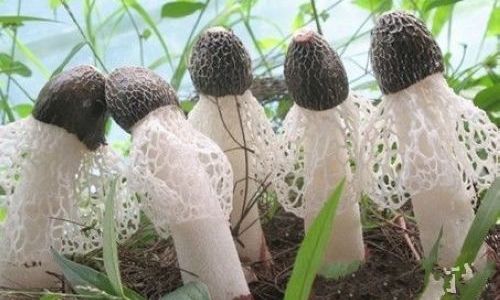
Selecting the finest bamboo fungus requires attention to detail, knowledge of its characteristics, and a willingness to explore different sources and varieties. By following the tips outlined in this guide, you’ll be well-equipped to choose bamboo fungus that not only meets your culinary needs but also delivers on taste, texture, and nutritional value. Whether you’re a seasoned chef or a home cook eager to impress, bamboo fungus has the potential to transform your dishes into unforgettable culinary experiences. Happy cooking!
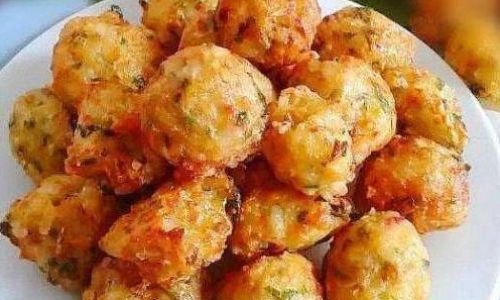

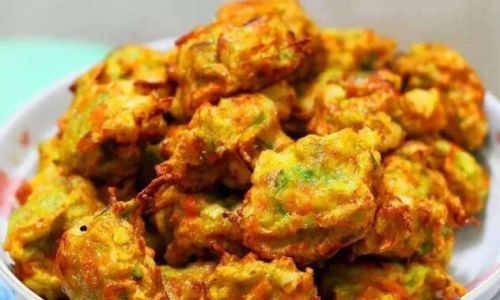
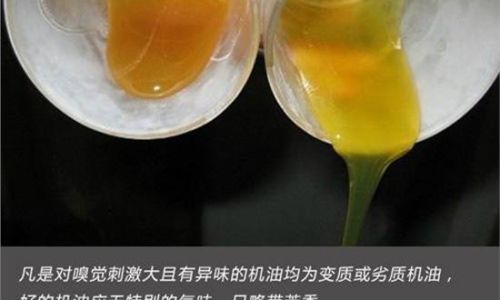

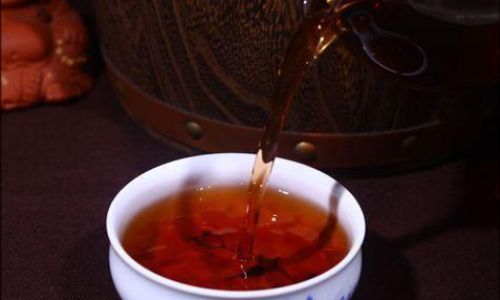
0 comments